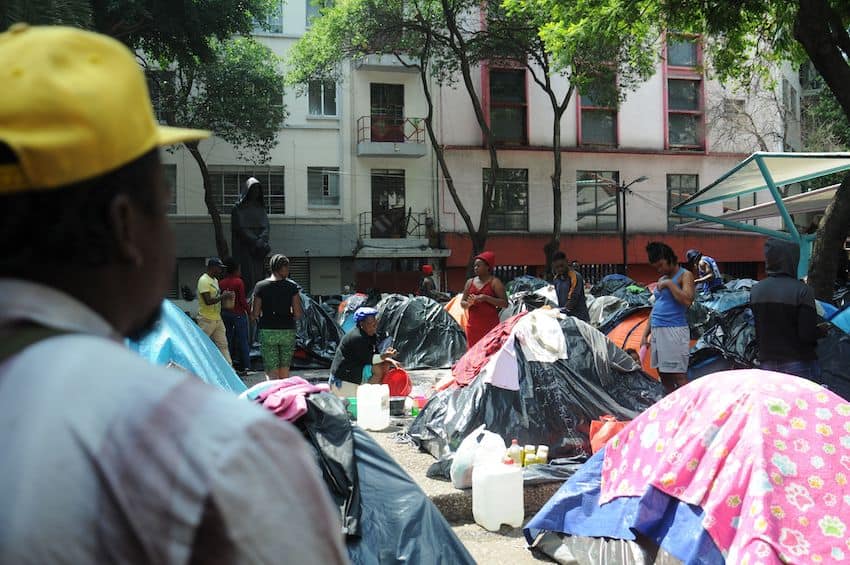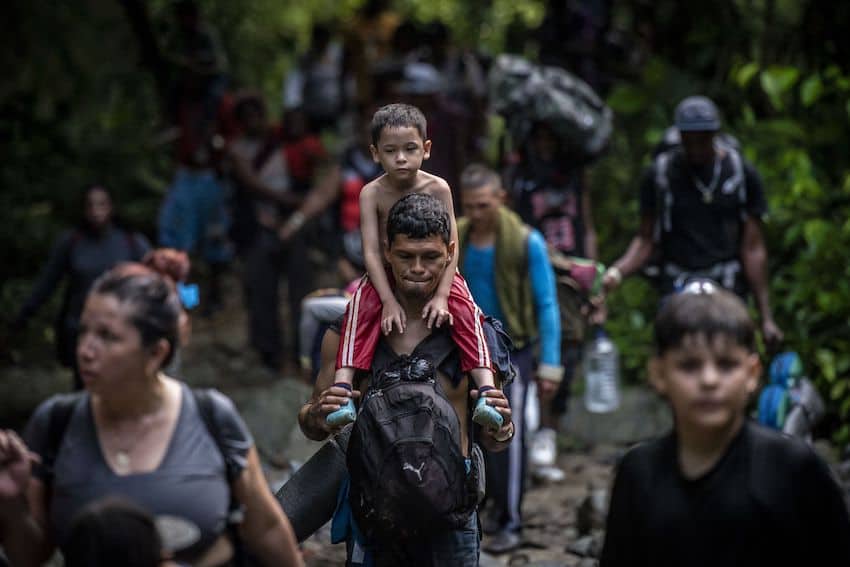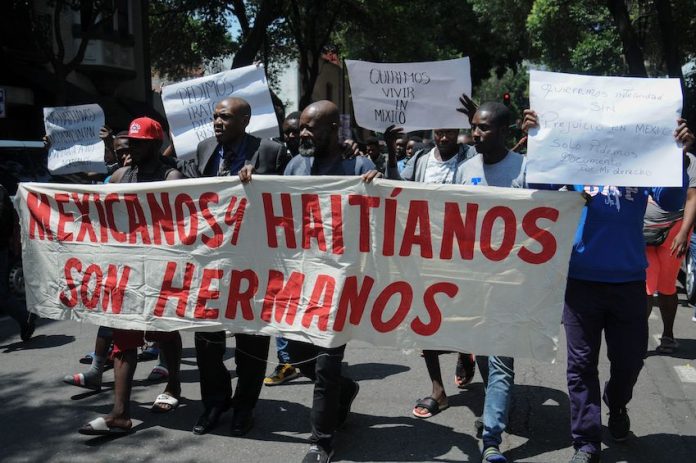For the first time on record, the Mexican Commission of Refugee Assistance (Comar) is receiving more asylum applications in Mexico City than in the southern city of Tapachula, on the border with Guatemala.
Comar director Andrés Ramírez told Milenio newspaper that the increase in asylum applications in the capital had been noticed in the first 18 days of May, a trend which may continue.

“The panorama is changing because all these years it has been in Chiapas, between Tapachula and Palenque, where by far the most people have requested refuge,” he said, adding that the southern state has historically accounted for 70% of all requests.
Over recent years, however, Tapachula has seen such a growing influx of migrants, it has left local offices struggling to cope.
An estimated 40,000 migrants are stuck in the city, mostly waiting for humanitarian visas that would allow them to cross the country legally. Tired of waiting for appointments, several groups of migrants have formed mass caravans to walk north to Mexico City or the United States border.
“At the rate we’re going, we will easily reach 140,000 asylum seekers in Comar,” Ramírez told Milenio. “It would be a historic mark.”

He said a key driver of this increase had been mass migration of Haitians, many of them fleeing the spiraling political crisis and gang warfare in their home country. Others are Haitians who had lived in Chile or Brazil prior to arriving in Mexico. Including this latter group, Haitians accounted for 65.1% of asylum applications in the first 18 days of May, Ramírez tweeted.
Once in Mexico City, many Haitians are still left in bureaucratic limbo, sleeping in tents while their applications are shuttled between Comar and the National Migration Institute (INM). Most are not seeking refugee status – which does not permit transit outside of the state of issue – but the humanitarian visitor card that would allow them to continue their journey to the U.S.
Some allege that the confusion between these two documents is used to stall both processes.
“Mexico does not want immigrants; Mexico only wants us to go to the United States,” one migrant told El País newspaper in April. “But they do not want to give us the paper to continue, and we cannot stay here.”
A recent World Bank report cited Mexico as one of several countries that is seeing net decreases in population and will need migrant talent as its population demographics shift.
With reports from Milenio
